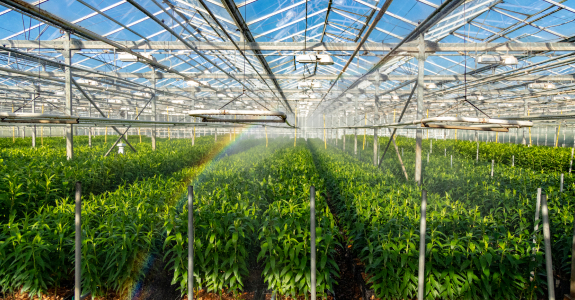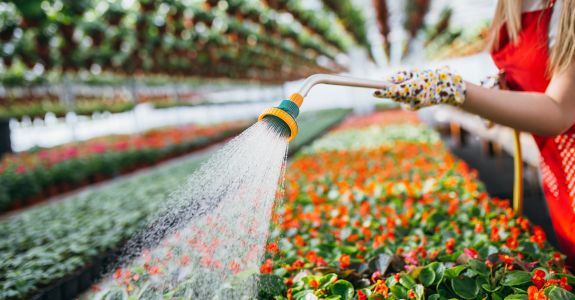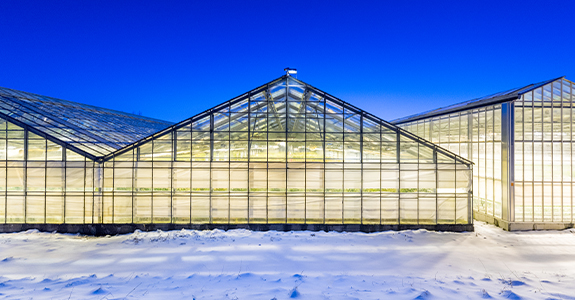Business tips12/15/2025
Horticulture industry trends for 2026
Explore six key trends shaping the horticulture industry in 2026, and learn how to help protect your business from emerging risks while preparing for new opportunities.

Through our Learning Center, you’ll find detailed information on insurance topics like coverages and claims, as well as general business tips for the horticultural industry.






